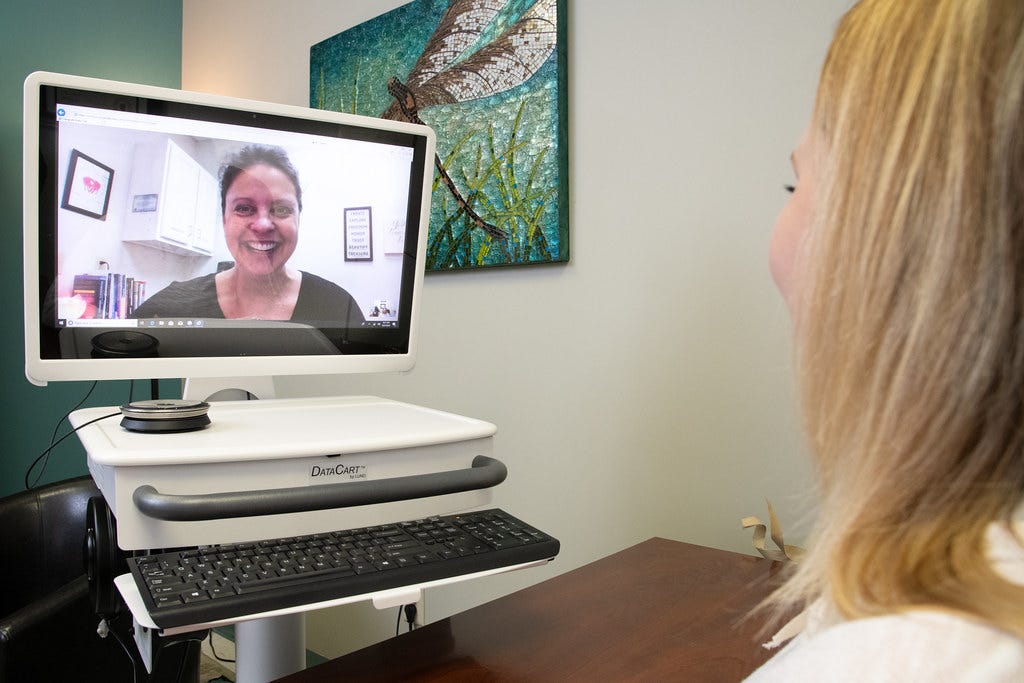Is it finally Remote Patient Monitoring’s moment?
We’ve been talking about RPM for as long as I can remember. Given the tailwinds from Covid-19, the space is really getting interesting.
We’ve been talking about Remote Patient Monitoring for years as being poised to transform health care. But as with all things in health-tech, it might make all the sense in the world but it won’t work until incentives align. In non-health care lingo, that basically means we gotta find a way to pay for it and incorporate it into the provider’s existing workflow.
But before we get ahead of ourselves, let’s dive in by defining what we mean when we talk about Remote Patient Monitoring or “RPM.” Simply put, it’s a set of tools to make it easier to monitor patients outside of the clinical setting, whether it’s on the move or at home. The big promise is to keep patients out of high-cost settings, like the emergency room, by picking up on symptoms and intervening before it gets serious.
Health care isn’t known for adopting new technology quickly, no matter how promising. So here are a few things I’ve been mulling in recent months: Is Remote Patient Monitoring really happening today beyond the…



